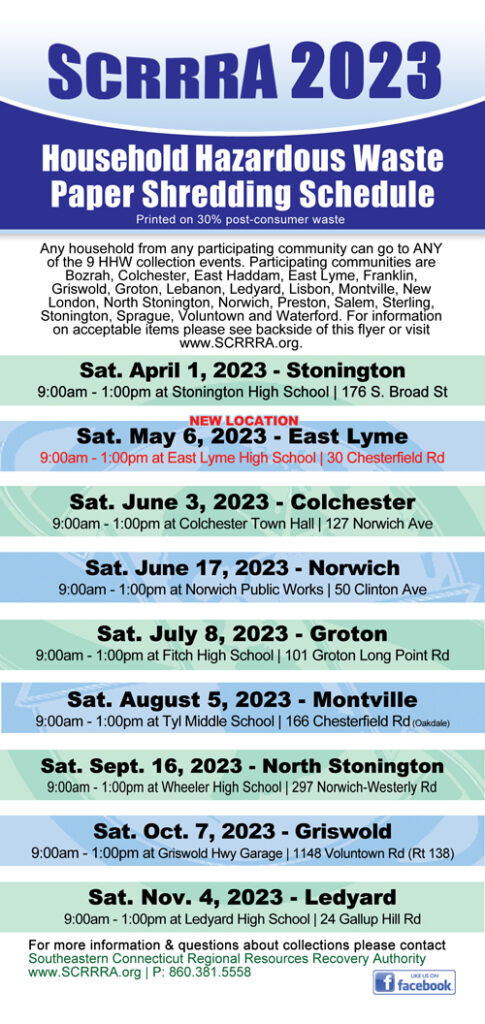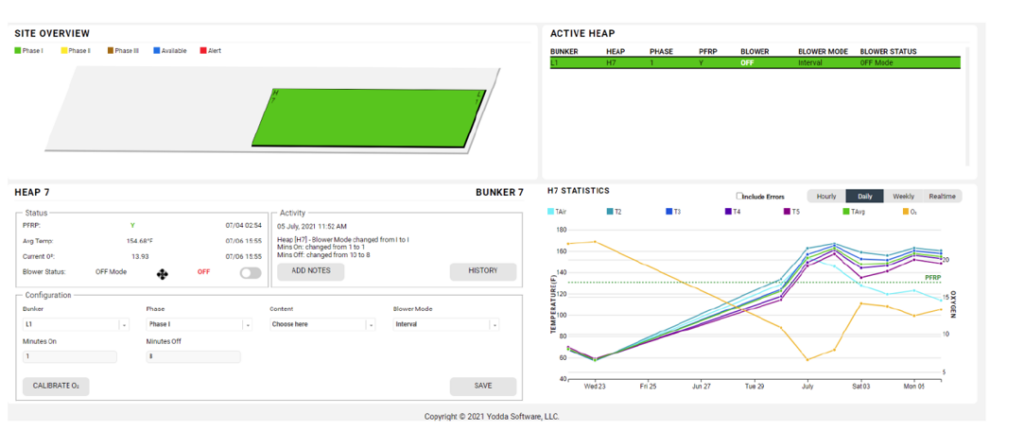The holidays are a time of joy, celebration, and gratitude, but they can also be a time of excess, waste, and environmental impact. According to the Environmental Protection Agency, Americans generate about 25% more trash between Thanksgiving and New Year’s Day than any other time of the year1. That’s an extra 1,000 pounds of waste per household!
But don’t worry, you don’t have to sacrifice the festive spirit to be eco-friendly. There are many simple ways to reduce, reuse, and recycle during the holidays, and make a positive difference for the planet. Here are some tips to help you have a green and merry holiday season:
1. Choose wrapping paper wisely
Wrapping paper is one of the biggest sources of holiday waste, as most of it is not recyclable and ends up in landfills. To avoid this, look for wrapping paper made with recycled materials and that can also be recycled. Avoid anything shiny, glittery, or flocked, as these are usually coated with plastic or metal and cannot be recycled2. You can also reuse wrapping paper from previous years, or use alternatives like newspaper, magazines, or brown paper bags. For a creative touch, you can decorate your gifts with natural items like pine cones, sprigs, or dried flowers.
2. Recycle your cardboard boxes
Online shopping is convenient, but it generates a lot of cardboard waste. If you order gifts online, make sure to recycle the cardboard boxes and packing materials. You can also reuse them for shipping your own gifts, or donate them to local organizations that need them. Before recycling, flatten the boxes and remove any tape, labels, or plastic inserts3.
3. Shop sustainably and locally
Another way to reduce waste and support the environment is to shop sustainably and locally. Choose gifts that are made with eco-friendly materials, such as organic cotton, bamboo, hemp, or recycled plastic. Look for products that have minimal or no packaging, or that use biodegradable or compostable packaging. You can also shop at local businesses, farmers’ markets, or craft fairs, where you can find unique and handmade gifts that support your community and reduce your carbon footprint.
4. Give experiences instead of things
One of the best ways to avoid waste and clutter is to give experiences instead of things. Experiences can create lasting memories and happiness, and they don’t require any wrapping or shipping. You can give gift cards, tickets, memberships, subscriptions, or vouchers for activities that your loved ones enjoy, such as movies, concerts, museums, spas, restaurants, or classes. You can also give donations to charities or causes that they care about, or volunteer your time and skills to help them with something they need.
5. Use less plastic
If you host or attend a holiday party, you may be tempted to use disposable plates and cutlery for convenience. However, these items are usually made of plastic or styrofoam, and are not recyclable. Instead, opt for reusable or compostable plates and cutlery, which are better for the environment and for your health.
6. Recycle your holiday lights and decorations correctly
Holiday lights and decorations can add a festive touch to your home, but they can also be a source of waste. Many holiday lights and decorations contain wires, bulbs, batteries, and plastic, which are not recyclable and can harm wildlife and the environment. Because they are tanglers, strings of lights cannot be recycled in your curbside bin. Instead, they must be brought to your local transfer station as electronic waste, which is free for residents. Another way to be more environmentally friendly is to buy LED lights, which are more energy-efficient and durable than incandescent lights, or use solar-powered lights. You can also make your own decorations from natural or recycled materials, such as pine cones, branches, paper, or fabric4.
7. Compost your food scraps and leftovers
Food is a big part of the holiday season, but it can also be a big source of waste. According to the Natural Resources Defense Council, Americans throw away about 40% of the food they buy, which amounts to about $165 billion worth of food each year5. This not only wastes money and resources, but also contributes to greenhouse gas emissions and climate change. To prevent this, you can compost your food scraps and leftovers, which can turn into nutrient-rich soil for your garden or plants. You can also donate your excess food to local food banks or shelters, or share it with your friends or neighbors.
8. Make a New Year’s resolution to be more eco-friendly
The holiday season is a great time to reflect on your impact on the environment and make a commitment to be more eco-friendly in the new year. You can set realistic and specific goals, such as reducing your water or energy consumption, buying less or buying secondhand, switching to renewable energy sources, or joining a local environmental group. You can also track your progress and celebrate your achievements, and encourage your family and friends to join you in your green journey.
By following these tips, you can have a more eco-friendly holiday season and help protect the planet for generations to come. Happy holidays!
Sources:
1. Cut down on holiday waste with these recycling tips – NBC News
2. The Ultimate Guide to Recycling During the Holidays in 2023
3. Our Top 10 Holiday Recycling Tips – The Recycling Partnership
4. 8 tips to green your holiday – Earth Day
5. Recycle Right for the Holidays: A Guide for Eco-Friendly Practices and …
Navigating the Connecticut Waste Crisis
On December 6, 2023, an important Regional Town Meeting was hosted by the Southeastern Connecticut Regional Resources Recovery Authority (SCRRRA) at Camp Nett in Niantic. Area municipal chief elected officials, directors of finance, key policymakers, state legislators and other dignitaries were invited to hear a presentation regarding the current solid waste crisis in the state of Connecticut and what SCRRRA is doing in response.
To see the presentation, click here or see below:
To see the Q&A session, click here or see below:
To download the booklet, click here or see below:
October 11, 2023: Apparel Impact, a New England textile recycling company founded in 2014, is delighted to announce a groundbreaking three-year agreement with the Southeastern Connecticut Regional Resources Recovery Authority (SCRRRA). This agreement solidifies Apparel Impact as the exclusive textile recycling vendor endorsed by SCRRRA for the 12 member municipalities within the SCRRRA region, marking a significant milestone in the textile recycling industry and reinforcing Apparel Impact’s commitment to environmental sustainability and community support. Once fully rolled out, this agreement will divert an estimated 1,500 TONS of textiles from landfills annually.
To see the full press release, click here.
Download the free SCRRRA app to learn “What Goes Where”!
April 1, 2023 – Stonington
9:00 AM -1:00 PM at Stonington High School (176 S. Broad Street)
May 6, 2023 – East Lyme
9:00 AM -1:00 PM at East Lyme High School (30 Chesterfield Rd.)
June 3, 2023 – Colchester
9:00 AM -1:00 PM at Colchester Town Hall (127 Norwich Ave.)
June 17, 2023 – Norwich
9:00 AM -1:00 PM at Norwich Public Works (50 Clinton Ave.)
July 8, 2023 – Groton
9:00 AM -1:00 PM at Fitch High School (101 Groton Long Point Rd.)
August 5, 2023 – Montville
9:00 AM -1:00 PM at Tyl Middle School (166 Chesterfield Rd.)
September 16, 2023 – North Stonington
9:00 AM -1:00 PM at Wheeler High School (297 Norwich-Westerly Rd.)
October 7, 2023 – Griswold
9:00 AM -1:00 PM at Griswold Highway Garage (1148 Voluntown Rd. – RT 138)
November 4, 2023 – Ledyard
9:00 AM -1:00 PM at Ledyard High School (24 Gallup Hill Rd.)


In the spring of 2021, SCRRRA launched a large-scale food waste composting demonstration at Stonington’s transfer station. The project evaluated the receipt and composting of food scraps using covered aerated static pile (ASP) technology. SCRRRA composted two batches of feedstock material, with differing mix ratios of food scraps to wood chips.
Video Clip 1: Unloading eight tons of food scraps onto a prepared bed of wood mulch.
Video Clip 2: Covering and mixing the food scraps (“greens”) with mulch (“browns”) – a carbon source.
Video Clip 3: The mixture of greens and browns being laid over the aeration pipe.
Video Clip 4: Equipment associated with composting including a generator, fuel tank, and the aeration blower for the pipe underneath the compost mixture.
Video Clip 5: The finished pile.
Video Clip 6 & Video Clip 7: Remixing (agitating) the compost mix several weeks later accelerates the process and ensures mixture uniformity. Visible steam is indicative of active biological processes – this means it’s working!
Video Clip 8: Hydrating the pile: During the turning of the pile, we add water to bring moisture levels up to an optimal level.



